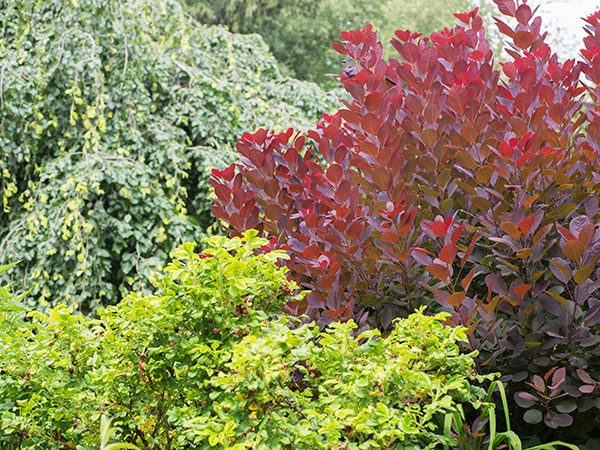
Monitor newly planted trees and shrubs for insects or disease. Succulent new growth is often the first area to be attacked by insects. Aphids can be hosed off foliage. Many sucking, piercing, and chewing insects will finish feeding this month, leaving cosmetic damage but nothing serious enough to warrant chemical control.
All gardeners should familiarize themselves with the Asian longhorned beetle — what it looks like, how it damages trees, and how to tell if your tree harbors these fatal pests. Monitor for Japanese beetle damage. These iridescent insects skeletonize foliage but will finish feeding by the second week in August. Favorite host plants include roses and grapevines, and linden, maple, elm, birch, and crabapple trees. They are often found feeding on the tops of plants. If possible, hand-remove them by knocking them into a large jar of soapy water. Hold the jar directly below the feeding beetles. When disturbed, they usually drop straight downward — right into the jar.
Continue to water newly planted trees and shrubs each week if rainfall is insufficient. Watch closely for signs of scorch on tender new foliage — the margins of leaves turn brown and crispy — indicating lack of water and/or exposure to hot drying winds.
Pruning is generally not advised this month, with the exception of shrubs that have just flowered. They are pruned immediately following their flowering.

